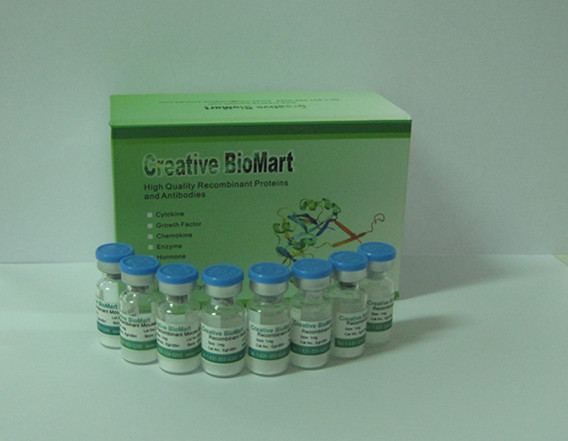| Message: | Interleukin 6 (IL-6) is a pleiotropic α helical cytokine that plays important roles in acute phasereactions, inflammation, hematopoiesis, bone metabolism, and cancer progression. IL-6 activity is essential for the transition from acute inflammation to either acquired immunity or chronic inflammatory disease. It is secreted by multiple cell types as a phosphorylated and variably glycosylated molecule. Mature human IL-6 is 183 amino acids (aa) in length and shares 41% aa sequence identity with mouse and rat IL-6. Alternate splicing generates several isoforms with internal deletions, some of which exhibit antagonistic properties. Human IL-6 is equally active on mouse and rat cells. IL6 induces signaling through a cell surface heterodimeric receptor complex composed of a ligand binding subunit (IL-6 R) and a signal transducing subunit (gp130). IL-6 binds to IL-6R, triggering IL-6R association with gp130 and gp130 dimerization. gp130 is also a component of the receptors for CLC, CNTF, CT1, IL-11,IL-27, LIF, and OSM. Soluble forms of IL-6R are generated by both alternate splicing and proteolytic cleavage . In a mechanism known as transsignaling, complexes of soluble IL-6 and IL-6R elicit responses from gp130expressing cells that lack cell surface IL-6R. Transsignaling enables a wider range of cell types to respond to IL-6, as the expression of gp130 is ubiquitous, while that of IL6 R is predominantly restricted to hepatocytes, leukocytes, and lymphocytes. Soluble splice forms of gp130 block transsignaling from IL6/IL6R but not from other cytokines that utilize gp130 as a coreceptor.
https://www.creativebiomart.net/description_437105_12.htm |
 my account
my account
 log out
log out
 my account
my account
 log out
log out
